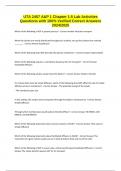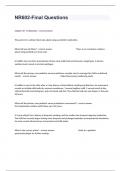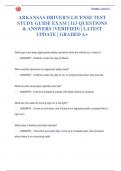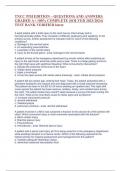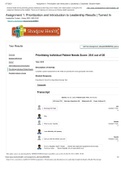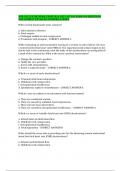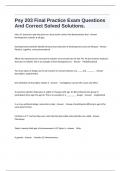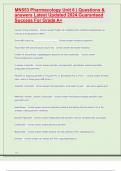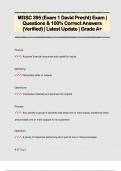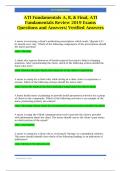Exam (elaborations)
UTA 2457 A&P 1 Chapter 1-5 Lab Activities Questions with 100% Verified Correct Answers 2024/2025
- Course
- Institution
UTA 2457 A&P 1 Chapter 1-5 Lab Activities Questions with 100% Verified Correct Answers 2024/2025 Which of the following is NOT a passive process? - Correct Answer Vesicular transport When the solutes are evenly distributed throughout a solution, we say the solution has reached _______. - Correc...
[Show more]
